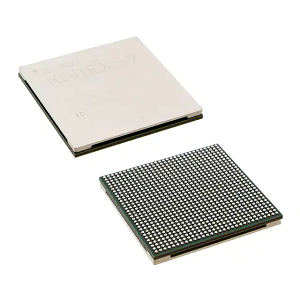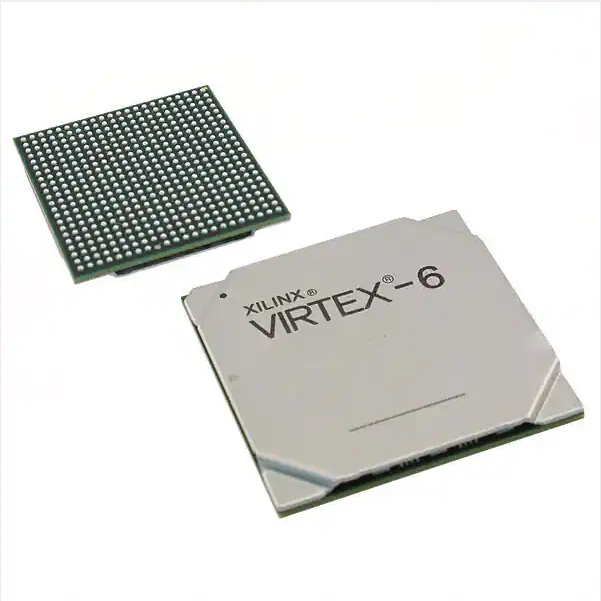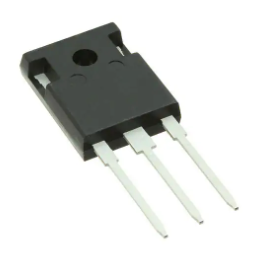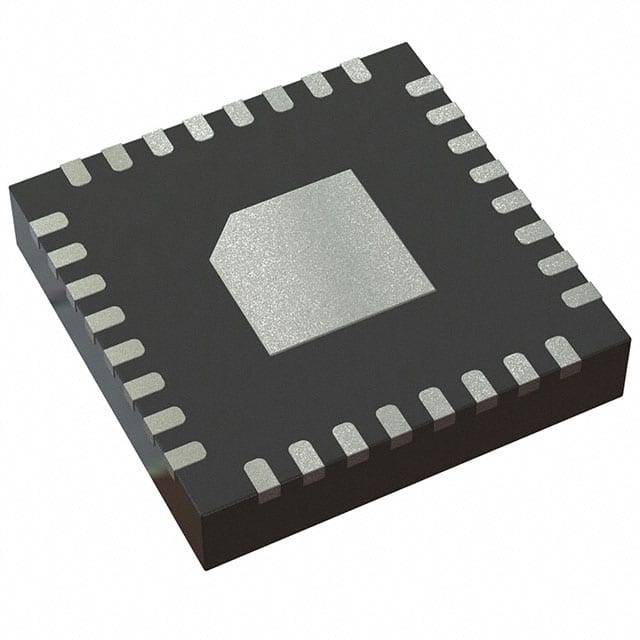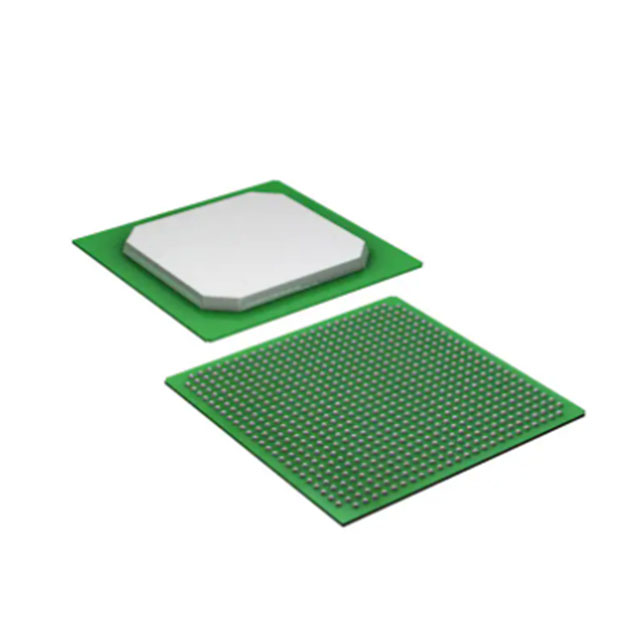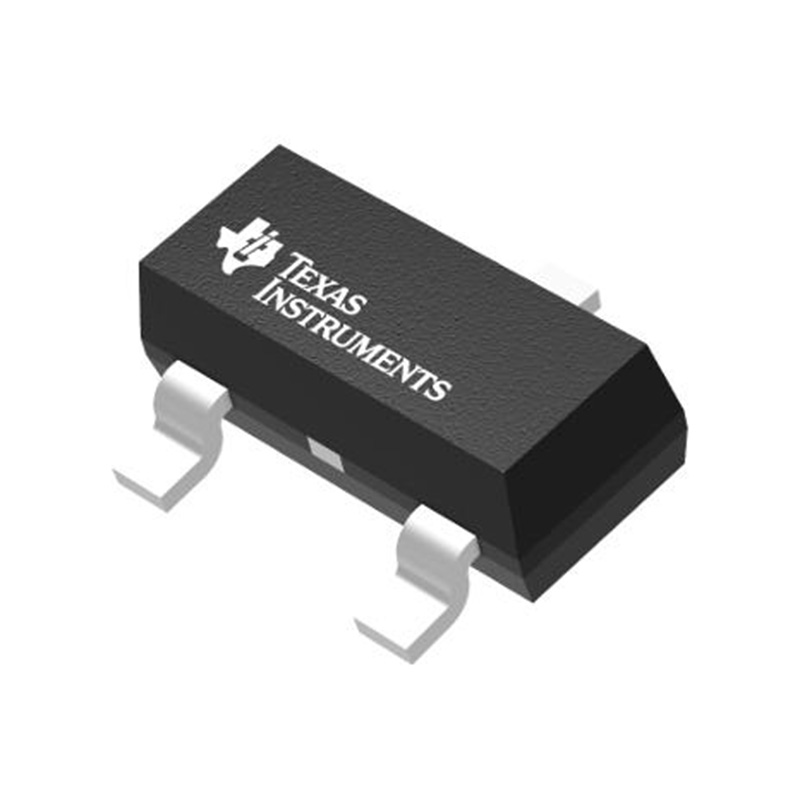XC7K420T-2FFG901I – Integrated Circuits, Embedded, Field Programmable Gate Arrays
Product Attributes
| TYPE | ILLUSTRATE |
| category | Integrated Circuits (ICs)Embedded
Field Programmable Gate Arrays (FPGAs) |
| manufacturer | AMD |
| series | Kintex®-7 |
| wrap | tray |
| Product status | Active |
| DigiKey is programmable | Not verified |
| LAB/CLB number | 32575 |
| Number of logic elements/units | 416960 |
| Total number of RAM bits | 30781440 |
| Number of I/Os | 380 |
| Voltage - Power supply | 0.97V ~ 1.03V |
| Installation type | Surface adhesive type |
| Operating temperature | -40°C ~ 100°C (TJ) |
| Package/Housing | 900-BBGA、FCBGA |
| Vendor component encapsulation | 901-FCBGA (31x31) |
| Product master number | XC7K420 |
| TYPE | ILLUSTRATE |
| category | Integrated Circuits (ICs)Embedded |
| manufacturer | AMD |
| series | Kintex®-7 |
| wrap | tray |
| Product status | Active |
| DigiKey is programmable | Not verified |
| LAB/CLB number | 32575 |
| Number of logic elements/units | 416960 |
| Total number of RAM bits | 30781440 |
| Number of I/Os | 380 |
| Voltage - Power supply | 0.97V ~ 1.03V |
| Installation type | Surface adhesive type |
| Operating temperature | -40°C ~ 100°C (TJ) |
| Package/Housing | 900-BBGA、FCBGA |
| Vendor component encapsulation | 901-FCBGA (31x31) |
| Product master number | XC7K420 |
FPGAs
Advantages
The advantages of FPGAs are as follows:
(1) FPGAs consist of hardware resources such as logic cells, RAM, multipliers, etc. By organizing these hardware resources rationally, hardware circuits such as multipliers, registers, address generators, etc. can be implemented.
(2) FPGAs can be designed by using block diagrams or Verilog HDL, from simple gate circuits to FIR or FFT circuits.
(3) FPGAs can be infinitely reprogrammed, loading a new design solution in just a few hundred milliseconds, using reconfiguration to reduce hardware overhead.
(4) The operating frequency of the FPGA is determined by the FPGA chip as well as the design, and can be modified or replaced with a faster chip to meet certain demanding requirements (although, of course, the operating frequency is not unlimited and can be increased, but is governed by current IC processes and other factors).
Disadvantages
The disadvantages of FPGAs are as follows:
(1) FPGAs rely on hardware implementation for all functions and cannot implement operations such as branching conditional jumps.
(2) FPGAs can only implement fixed-point operations.
In summary: FPGAs rely on hardware to implement all functions and can be compared to dedicated chips in terms of speed, but there is a big gap in design flexibility compared to general purpose processors.
Design languages and platforms
Programmable logic devices are hardware carriers that concretize the established functions and technical specifications of electronic applications through EDA technology. FPGAs, as one of the mainstream devices that implement this path, are directly user-oriented, extremely flexible and versatile, easy to use, and quick to test and implement in hardware.
Hardware Description Language (HDL) is a language used to design digital logic systems and describe digital circuits, the main ones commonly used are VHDL, Verilog HDL, System Verilog and System C.
As an all-round hardware description language, the Very High Speed Integrated Circuit Hardware Description Language (VHDL) has the characteristics of being independent of the specific hardware circuit and independent of the design platform, with the advantages of wide-range description capability, not dependent on specific devices, and the ability to describe the design of complex control logic in a rigorous and concise code, etc. It is supported by many EDA companies and has been widely used in the field of electronic design. widely used.
VHDL is a high-level language for circuit design, and compared with other hardware description languages, it has the characteristics of a simple language, flexibility and independence from device design, making it a common hardware description language for EDA technology and making EDA technology more accessible to designers.
Verilog HDL is a widely used hardware description language that can be used in multiple stages of the hardware design process, including modelling, synthesis and simulation.
Verilog HDL Advantages: similar to C, easy to learn and flexible. Case-sensitive. Advantages in writing stimulus and modelling. Disadvantages: many errors cannot be detected at compile time.
VHDL Pros: Rigorous syntax, clear hierarchy. Disadvantages: long familiarisation time, not flexible enough.
Quartus_II software is a complete multi-platform design environment developed by Altera, which can meet the design needs of various FPGAs and CPLDs, and is a comprehensive environment for on-chip programmable system design.
Vivado Design Suite, an integrated design environment released by FPGA vendor Xilinx in 2012. It includes a highly integrated design environment and a new generation of tools from system to IC level, all built on a shared scalable data model and a common debug environment. the Xilinx Vivado Design Suite provides FIFO IP cores that can be easily applied to designs.






